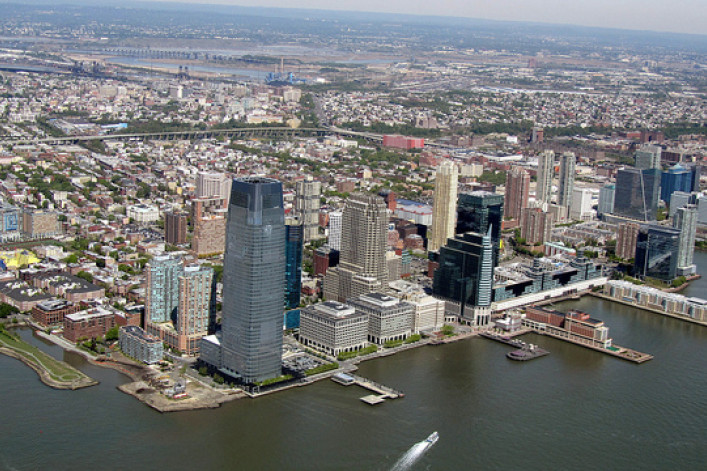Affordable housing watch: Keep an eye on Jersey City's smart new policy

While we've written previously that Jersey City has a dearth of affordable housing options, that may not be true for much longer. As CityLab reported this week, Jersey City officials have come up with an innovative new strategy for encouraging development—and, as a result, more affordable apartments—across the entire city, not just in its increasingly pricey waterfront areas.
How it works: As an extension of mayor Steven Fulop's Payment in Lieu of Taxes (PILOT) policy, the city will be divvied up into four zones or "tiers," each with its own individualized set of tax incentives and affordability requirements. For instance, in Tiers 1 and 2—relatively popular, high-priced neighborhoods—developers would receive shorter-term tax abatements than they would in tiers 3 and 4, areas where there's been less development. In all areas, developers would be required to make a certain percentage of new apartments affordable—10 percent in tier one, and 15 percent in tier 4. (Either that, or contribute to the city's Affordable Housing Trust Fund, but officials think the tax incentives are strong enough that developers will want to opt in. Another option: developers will have the option of extending the length of their tax abatements by adding a higher percentage of affordable units.) Take a look at maps of the different tiers below:


Jersey City Mayor's Office via CityLab
Granted, Jersey City faces a somewhat different set of housing dilemmas than NYC—this program is designed to draw development to areas of Jersey City that are losing residents, but here in New York, there aren't exactly large swaths of land sitting unused. But the switch to neighborhood-centric policy echoes a complaint we've often heard in affordable housing circles. Namely, that the area median income, or AMI—the metric the city uses to determine eligibility for affordable housing— is based on city-wide statistics, meaning that in poorer areas, the income requirements set for affordable housing developments are sometimes well above the neighborhood AMI, effectively shutting locals out of the running. It seems that even for a problem as macro as the affordable housing crisis, there are potential benefits to thinking more micro.
Related:
Is there affordable housing in New Jersey, and where do I find it?
Applying for affordable housing? How to get it right
New Yorkers' biggest misconceptions about rent-stabilization
Jersey City for $1 million: how much can you buy?
























